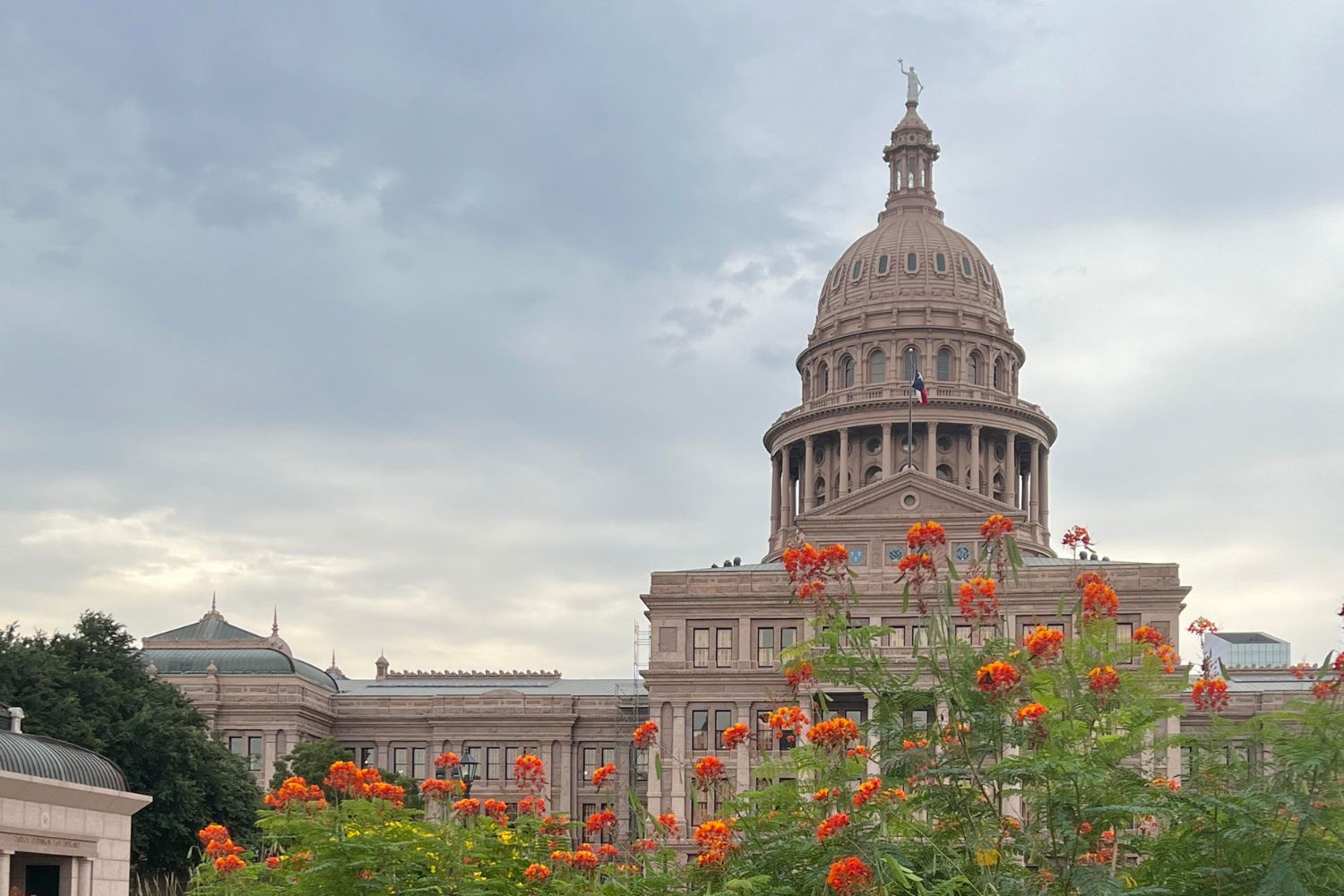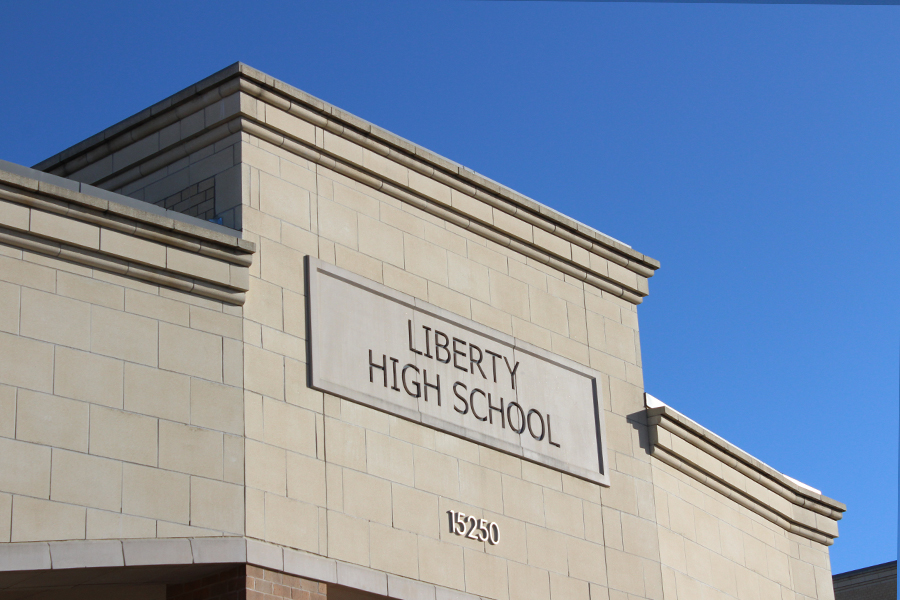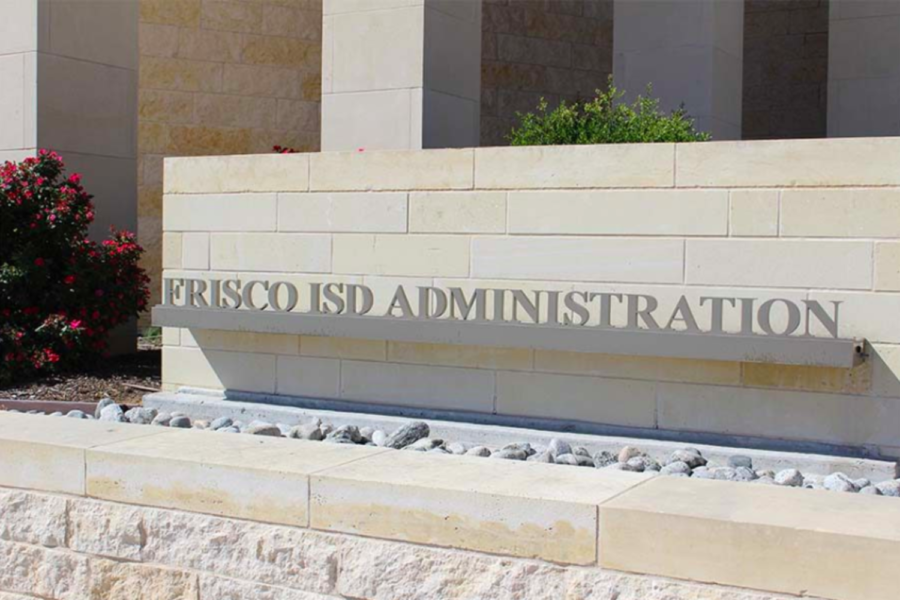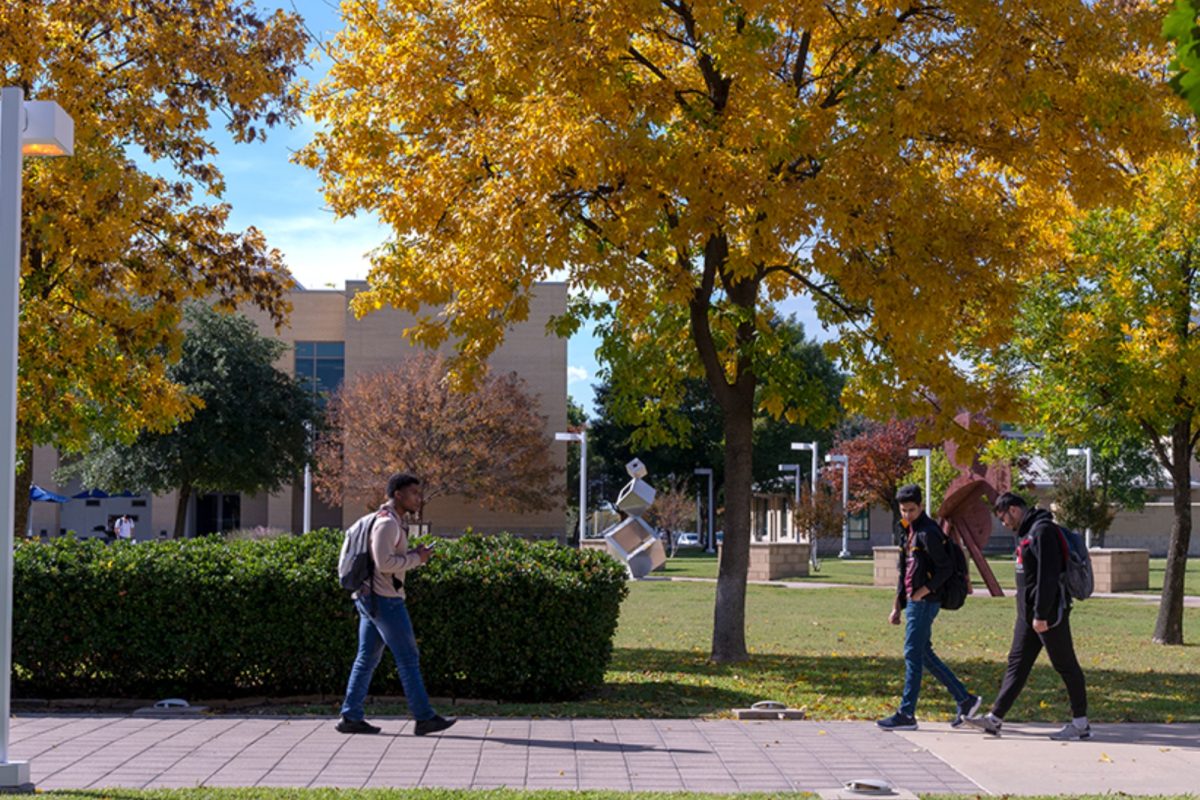Support for school vouchers may be increasing


As voters head to the polls on Nov. 5, they will make choices regarding national, state, and local contests. In Texas, the presidential race between former president, Republican Donald Trump, and Democrat Kamala Harris, along with the U.S. Senate battle between incumbent Ted Cruz (R) and Colin Allred (D), seems to get most of the attention. However, state races for the Texas State Senate and the Texas House could have a big impact on a hot topic in education: school vouchers.

A new study by the Hobby School of Public Affairs at University of Houston and Texas Southern University reveals that a majority of Texas adults support the passage of legislation establishing private school vouchers, while still agreeing with anti-voucher arguments.
“When they weigh the pros and the cons of vouchers, [respondents came] down on the side of being pro-voucher,” Rice University professor and report author Mark Jones said in a Texas Tribune article. “I think it has to do in part with a growing share of African Americans who look at their public schools and believe that their public schools are failing them, and don’t believe that without some type of change, like the adoption of vouchers, that situation is going to change anytime soon.”

The debate regarding school vouchers has been raging on the battlefield of public school funding for years now, overtaking several of the Texas Legislature’s previous sessions, with Democrats and rural Republicans pitted against voucher proponents, the most prominent of which is Governor Greg Abbot.
Proponents of vouchers widely refer to vouchers as a means to preserve “school choice”, or the idea that parents should have the financial flexibility to choose to send their child(ren) to a private school, rather than a public school.

Implementing ESAs would essentially allow parents seeking to move their student(s) to a private school access to money designed to at least offset tuition costs, if not more. One bill, SB 176, established a system in which the state would completely match the per student average M&O spending.
“Right now we kind of have a one-size-fits-all environment for children, again, whose parents cannot select the school that best serves them,” Next Generation Texas campaign director Mandy Drogin said in a previous interview with Wingspan. “And so what we see is when a parent who knows and loves their child the most, and who wants what’s best for them, and wants to ensure that they’re in a learning environment that meets those child’s needs, and provides a high quality education. That child is able to go there regardless of their zip code or the school that is mandated by the government simply because of the street they live on or their, um, socioeconomic status.”
The average cost of private school tuition in Texas is $11,050 and the per student revenue from both state and local Foundation School Program (FSP) was $12,370 in FY 2023, meaning that the implementation of ESAs could see parents receiving amounts in the tens of thousands per child moved to a private school.

On the other hand, opponents of vouchers argue that implementation of programs like those outlined in SB 176 would prove detrimental to schools that are already strapped for money, especially as countless school districts across the state face budget deficits, including Austin ISD, El Paso ISD, Abilene ISD, Lubbock ISD, Frisco ISD, and Plano ISD.
The argument against vouchers is largely financial, but focuses on the exponential impacts of the loss of even a few students, especially given the fact that schools in Texas are funded by attendance, not enrollment.
Essentially, this means that the amount of money school districts receive depends on the average number of students who attend school every day, even though costs for a school district, including hiring teachers, desks, music stands, pencils, athletics uniforms, and much more, are all determined by student enrollment. In practice, this means that the loss of a handful of students can lead to tens of thousands of dollars lost in funding, while class sizes — and through that, costs — remain relatively unchanged.
“If kids leave public schools, it is going to affect the budgets of public schools. And so, again, at a time when, again, many schools are losing population, and at a time when inflation has driven up the costs of goods and services, when schools are having a hard time hiring and retaining teachers, if a school loses a small number of kids, you know, three to five kids, that’s a teacher’s salary gone,” research director of the Texas Politics Project Joshua Blank said in a previous interview with Wingspan. “And that teacher teaches more than those five or six kids, right? And so that’s the thing that sort of is kind of floating around in the background out here, when the proponents of it try to sort of say, but it’s not even really a big program, why are you guys making such a big deal out of it? It doesn’t have to be a big program in a place like Texas, because Texas is so big it’ll have significant ramifications.”








